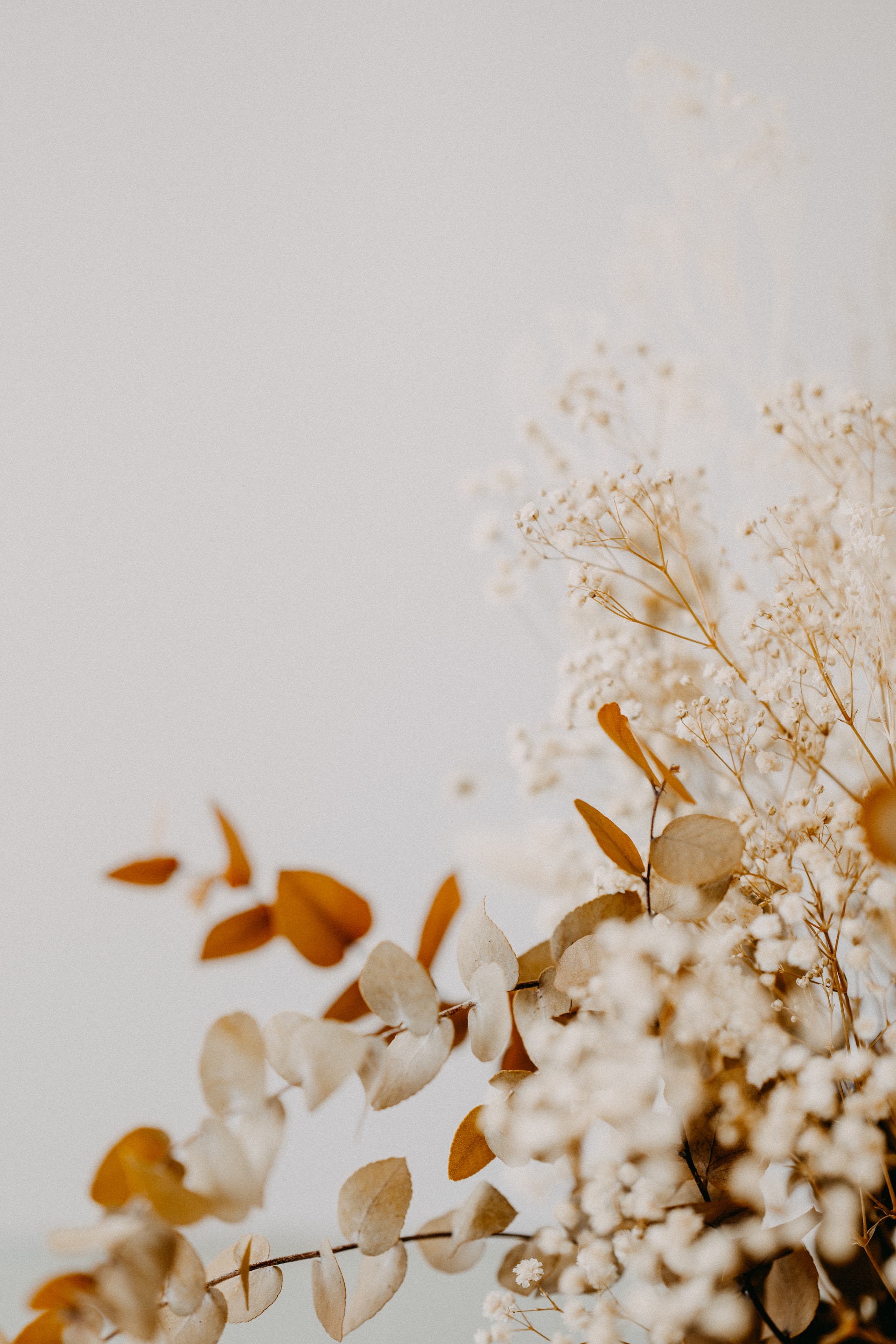Section 1: Conventional Methods of Preserving Flower Colors
For the nature aficionado strolling through the wilderness, flowers can be souvenirs that encapsulate the splendor of that moment. Preserving those vibrant colors and intricate patterns for posterity is a skill many wish to possess. Thankfully, conventional methods like air drying, microwave drying with silica gel, pressing, sand drying, and epoxy resin offer good results. Each technique, as found on HGTV, has its own merits and demerits.
Air drying, an old-fashioned yet effective method, works best with flowers that have a robust structure and less water content. Nevertheless, color fading is a probable setback here. Microwave drying with silica gel preserves both shape and color, but it requires careful maneuvering. Pressing, though simple, alters the flower’s natural 3-dimensional appearance; however, it does tend to retain colors fairly well. Using dry sand works similarly to silica gel but is less effective. Epoxy resin can create beautiful pieces but generally only works well for smaller flowers.
Section 2: Modern Preservation Techniques: Maintaining Freshness and Color
While tradition holds its own, modern preservation techniques introduce fresh perspectives. Techniques like resin encasement, wax dipping, and freeze drying are explored in this thoughtful piece by Cactus Collective. Resin encasement allows flowers to retain their shape and color beautifully, while wax dipping gives an artistic finish, albeit with potential color change. Freeze drying, on the other hand, can preserve both color and shape superbly, but may be costlier.
Most techniques require some form of drying, with ample opportunities to transform these preserved flowers into stunning pieces of art, elevating their aesthetic appeal while capturing their timeless beauty.
Section 3: Quick Tips to Maximize Color Preservation
Maximizing color preservation is the key to creating a vibrant keepsake. As suggested by HGTV, managing environmental factors like sunlight and extreme heat, which can cause fading, is crucial. Initiation of preservation soon after collection helps greatly in maintaining color vibrancy. Remember to choose the right method suitable for the particular flower type you wish to preserve for the best results.
Section 4: Artists Renderings and Creative Alternatives
Flower preservation is about more than just science; it’s an art form. Artists bring a whole new aspect to flower preservation, transforming nature’s work into a timeless piece of art. Commissioning an artist to paint or create art versions of your collected flowers is a unique way to immortalize their vibrancy. As seen on Cactus Collective and Brides.com, this approach preserves the physical state alongside the color, revitalizing the flowers in a novel manner.
Section 5: Preserving Wedding Bouquets: Special Techniques for Special Memories
Wedding bouquets are more than just flowers; they are cherished mementos of a special day. Specific techniques detailed in Brides.com offer color and vibrancy preservation specially designed for these bouquets. Initiation of preservation must happen quickly post-wedding to get the best results. This thoughtfulness and quick action can extend the life of these blooms, allowing brides to revel in the beauty of their special day.




